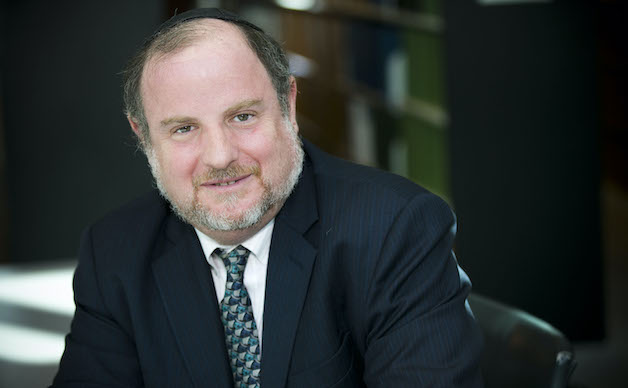SCOTUS: Religious freedom during a pandemic

Three different times during the pandemic the United States Supreme Court stayed enforcement of limits on worship services. The last one was Tandon v. Newson, when the United States Supreme Court stayed the enforcement of yet another of California’s limits on worship services during the pandemic. In many ways, the Supreme Court’s decision was not surprising as it had done the same in a New York case nearly five months earlier and a different California case only two months prior.
Nevertheless, these cases are significant for what the justices agreed on and what the court divided over. All the justices agree that the First Amendment requires that a state treat religious conduct like the state treats comparable secular conduct. Five justices, however, are of the view that governmental regulations are unfair to religion if they treat any comparable secular activity more favorably than worship. (The word any is highlighted in the Majority opinion itself.)
The word “any” might seem trivial, but it is actually quite important as the court shared in the case of Fulton v. City of Philadelphia. To understand what is at stake, imagine that pandemic strikes a society in which there are lots of activities that all pose health dangers. One is prayer in a house of worship. Another is shopping in stores. Others are attending things like public lectures, concerts, and sporting events. All the justices agree that if the state prohibited all the risky activities, it could ban worship as well and if the state permitted them all, but prohibited only worship, that would be unconstitutional. But, we all recognize that even in a pandemic, lots of conduct needs to continue for society to function. What can society close while still prohibiting worship? What—in practice—is comparable to worship?
In the case of Tandon, the facts are simple. California banned at-home religious worship by more than three households at one time. The three justices who wrote in dissent (Kagan, Breyer and Sotomayor) are clear. For these restriction on worship to be legal, if the exact same secular conduct is banned, then the ban on religious worship is constitutional. Since California banned at-home gatherings of more than three households for secular purposes as well, the religious ban is constitutional.
Not so for the justices in the majority. They write simply: “California treats some comparable secular activities more favorably than at-home religious exercise, permitting hair salons, retail stores, personal care services, movie theaters, private suites at sporting events and concerts, and indoor restaurants” with more than three households at a time. Thus the ban on in-home religious worship cannot stand. Even as the absolutely identical secular activity is banned—in-home gatherings of a secular nature—since “comparable” secular activity is permitted, prohibiting home worship is not constitutional.
In the earlier pandemic worship case of South Bay United Pentecostal Church v. Newsom, Justices Gorsuch, Thomas and Alito would have prohibited California from any regulation of religious services at all since the state is targeting “religion for differential treatment.” In such situations, strict scrutiny is needed and the California regulations cannot survive that review as “California singles out religion for worse treatment than many secular activities.” What is most interesting is the joint concurrence by Justices Barrett and Kavanaugh, the court’s two newest justices. These two justices aver that they would allow the state to enforce bans on worship services in some circumstances, but since the state permits comparable activity in a Hollywood studio, but not a church, it is Constitutionally suspect. They state “if a chorister can sing in a Hollywood studio but not in her church, California’s regulations cannot be viewed as neutral” and must be struck down.
This doctrinal model—which becomes the unanimous holding of Fulton v. City of Philadelphia is simple to explain, but exquisitely hard to apply. As the court notes:
A law also lacks general applicability if it prohibits religious conduct while permitting secular conduct that undermines the government’s asserted interests in a similar way. In Church of Lukumi Babalu Aye, Inc. v. Hialeah, for instance, the City of Hialeah adopted several ordinances prohibiting animal sacrifice, a practice of the Santeria faith. The city claimed that the ordinances were necessary in part to protect public health, which was “threatened by the disposal of animal carcasses in open public places.” But the ordinances did not regulate hunters’ disposal of their kills or improper garbage disposal by restaurants, both of which posed a similar hazard. (Citations omitted.)
And thus the court struck down the law. But, “comparable to what” or “in a similar way to what” is the real question, particularly in a pandemic.
Since protection of the right to worship really is important in the United States—religious freedom is in the First Amendment for a reason and is like free speech as a core value—painting a broader, rather than a narrower canvas, on what is comparable seems a better rule. The First Amendment’s protection of religion does not grant people the right to worship no matter what the health consequences, but it certainly should protect worship when similar secular conduct is permitted.
—Michael J. Broyde, professor of law